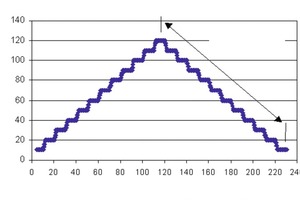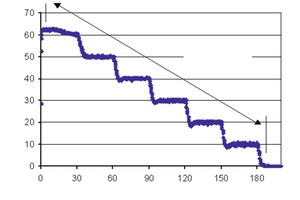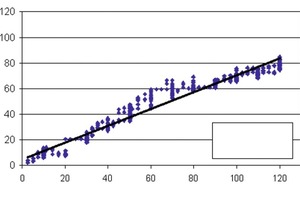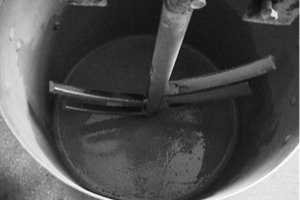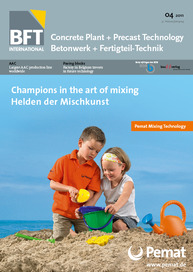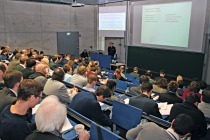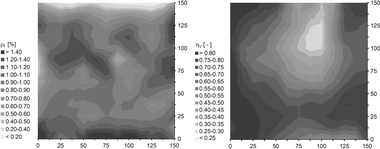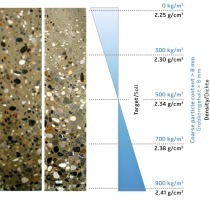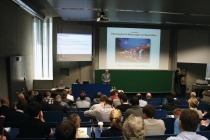Rheological properties of fresh polypropylene fiber reinforced mortar and concrete
The rheological parameters of polypropylene fiber reinfor-ced fresh mortar (PFRFM) and polypropylene fiber reinforced fresh concrete (PFRFC) were determined, i.e. the yield limit g and plastic viscosity h. PFRFM and PFRFC behaved according to the Bingham or nonlinear Herschel-Bulkley model. The rheological parameters were determined using two rheometers: one for mortars and the other for the concrete mixes. The research was to experimentally verify the influence of w/c ratio, dosage of superplasticizer (SP), volume fraction of fibers and fiber lengths on the rheological properties of PFRFM and PFRFC.
The first step of the experimental activity was to identify the rheological behavior of PFRFM and PFRFC, which was completed using experimental flow curves and applying adequate models and equations. Thereafter, the relevant factors were analyzed and their influence on the rheological behavior of fresh mortar and concrete investigated.
Adding polypropylene fibers significantly influences the rheological parameters of PFRFM and PFRFC; yet this phenomenon has been covered in only a few publications to date [1, 2, 3, 4]. The addition of fibers compromises the workability of the material. Many...

